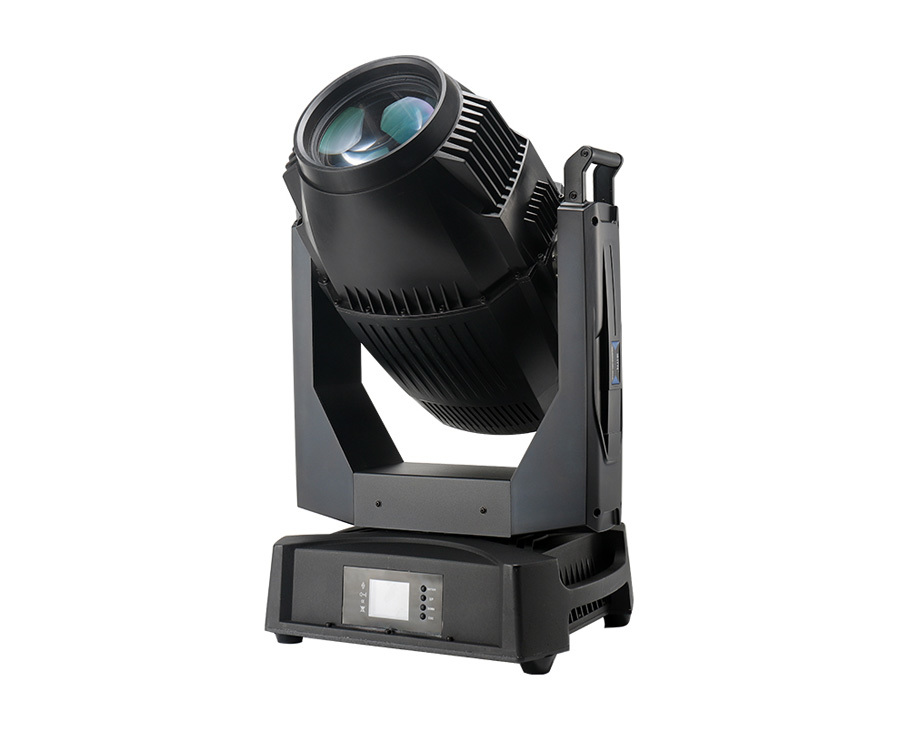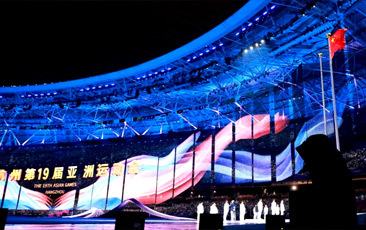A Comprehensive Guide to LED Beam Spot Wash Framing Techniques
A Comprehensive Guide to LED Beam Spot Wash Framing Techniques Table of Contents 1. Introduction to LED Beam Spot Wash Framing 2. Understanding LED Technology 3. Benefits of LED Spot Lighting 4. Techniques for Framing LED Lights 4.1 Spotlighting Techniques 4.2 Wash Lighting Techniques 4.3 Combining Techniques for Maximum Impact
Jul 03,2025
A Comprehensive Guide to LED Beam Spot Wash Framing Techniques
Table of Contents
- 1. Introduction to LED Beam Spot Wash Framing
- 2. Understanding LED Technology
- 3. Benefits of LED Spot Lighting
- 4. Techniques for Framing LED Lights
- 5. Design Considerations for Outdoor Lighting
- 6. Installation Tips for LED Beam Spot Wash Lights
- 7. Maintaining Your LED Lighting System
- 8. Frequently Asked Questions (FAQs)
- 9. Conclusion
1. Introduction to LED Beam Spot Wash Framing
The evolution of outdoor lighting has seen a remarkable shift towards LED technologies, particularly in the realm of beam spot wash framing. This guide delves into the comprehensive techniques that utilize LED technology to create stunning visual effects in outdoor spaces. Understanding how to manipulate light can transform environments, enhance visibility, and elevate aesthetic appeal.
2. Understanding LED Technology
LED, or Light Emitting Diode, technology has revolutionized how we approach lighting design. Unlike traditional incandescent bulbs, LEDs produce light through a semiconductor process, resulting in increased energy efficiency and longevity.
The Basics of LED Functionality
At the core of LED technology is the principle of electroluminescence, where electric current passes through a semiconductor material, emitting light. This process not only conserves energy but also gives designers the flexibility to create various lighting effects.
Color Temperature and Its Importance
Understanding color temperature is essential for achieving the desired ambiance in outdoor settings. Measured in Kelvin (K), color temperatures can range from warm whites (2000K-3000K) to cool blues (5000K-6500K), influencing mood and functionality.
3. Benefits of LED Spot Lighting
LED spot lighting offers numerous advantages over conventional lighting options.
Energy Efficiency
One of the most significant benefits of LED lights is their energy efficiency. LEDs consume up to 80% less energy than traditional bulbs, leading to substantial savings on energy bills.
Longevity and Durability
LEDs boast an impressive lifespan, lasting 25,000 to 50,000 hours, which means less frequent replacements and reduced maintenance costs.
Versatile Applications
From landscaping to architectural lighting, LED spot lights can be adapted to suit various outdoor applications, allowing for creative freedom in design.
4. Techniques for Framing LED Lights
Framing techniques are essential to optimize the positioning and effect of LED lights. By utilizing specific strategies, designers can enhance the visual appeal of outdoor spaces.
4.1 Spotlighting Techniques
Spotlighting involves directing a concentrated beam of light onto an object or area, creating dramatic contrasts.
- Angle and Positioning: The angle at which the light is directed can significantly affect the outcome. A lower angle may create elongated shadows, while a higher angle can illuminate more of the surface.
- Color Filters: Utilizing color filters can enhance the visual appeal and create mood-specific lighting.
4.2 Wash Lighting Techniques
Wash lighting provides an even spread of light across a larger area, ideal for highlighting textures and colors in outdoor features.
- Layering Light: Layering different wash lights can create depth and interest in your design.
- Diffusion Materials: Using diffusion materials can soften the light, reducing harsh shadows and creating a more inviting atmosphere.
4.3 Combining Techniques for Maximum Impact
The most effective outdoor lighting designs often combine both spotlighting and wash techniques. By strategically placing spotlights and wash lights together, designers can create a dynamic and visually stimulating environment.
5. Design Considerations for Outdoor Lighting
When designing an outdoor lighting scheme, several factors need to be considered to maximize both functionality and aesthetic appeal.
Site Assessment
Conducting a thorough site assessment allows designers to understand natural light sources, existing structures, and the overall layout of the area.
Purpose of Lighting
Define the primary purpose of the lighting. Is it for security, aesthetics, or functionality? The intent will guide the design choices made.
Integration with Landscape
Ensure that the lighting design harmonizes with the existing landscape features. This integration enhances the overall look and feel of the space.
6. Installation Tips for LED Beam Spot Wash Lights
Proper installation is crucial for achieving the desired results with LED beam spot wash lights.
Selecting the Right Fixtures
Choose fixtures that are specifically designed for outdoor use, ensuring durability and performance in various weather conditions.
Height and Placement
Consider the height and placement of lights carefully. Typically, mounting lights at eye level or slightly above can produce the best effects.
Wiring and Power Supply
Ensure that the wiring and power supply meet the requirements of the lighting fixtures. Using waterproof connectors can prevent potential electrical issues.
7. Maintaining Your LED Lighting System
Maintenance is essential to ensure the longevity and performance of your LED lighting systems.
Regular Inspections
Conduct regular inspections to check for any signs of wear or damage. Addressing issues promptly can prevent further complications.
Cleaning Fixtures
Dust and debris can accumulate on light fixtures, diminishing their effectiveness. Regular cleaning will keep them functioning optimally.
Updating Technology
Stay informed about advancements in LED technology. Upgrading outdated fixtures or components can improve efficiency and performance.
8. Frequently Asked Questions (FAQs)
1. What are the advantages of using LED over traditional lighting?
LED lights offer energy efficiency, longer lifespan, and lower maintenance costs compared to traditional lighting options.
2. How do I choose the right color temperature for my outdoor lighting?
Consider the ambiance you want to create. Warmer temperatures (2000K-3000K) create a cozy atmosphere, while cooler temperatures (5000K-6500K) provide a more vibrant and alert environment.
3. Can LED lights be dimmed?
Yes, many LED fixtures are compatible with dimmers. Ensure that the dimmer is designed for LED use to avoid compatibility issues.
4. How do I install LED beam spot wash lights?
Follow the manufacturer’s instructions for installation, ensuring proper wiring, positioning, and fixture selection. If in doubt, consult a professional electrician.
5. Is outdoor LED lighting safe in wet conditions?
Yes, as long as the fixtures are rated for outdoor use and are properly installed with waterproof connections.
9. Conclusion
Mastering LED beam spot wash framing techniques can significantly enhance outdoor spaces, providing both functionality and aesthetic appeal. By understanding LED technology, applying effective techniques, and considering key design principles, we can create stunning outdoor environments that captivate and inspire. With proper installation and maintenance, LED lighting can transform any outdoor area into a vibrant and inviting space, perfect for entertaining or relaxing. Embrace the power of light and elevate your outdoor design to new heights.
PREVIOUS:







 facebook
facebook

 Mobile
Mobile


 Tiktok
Tiktok